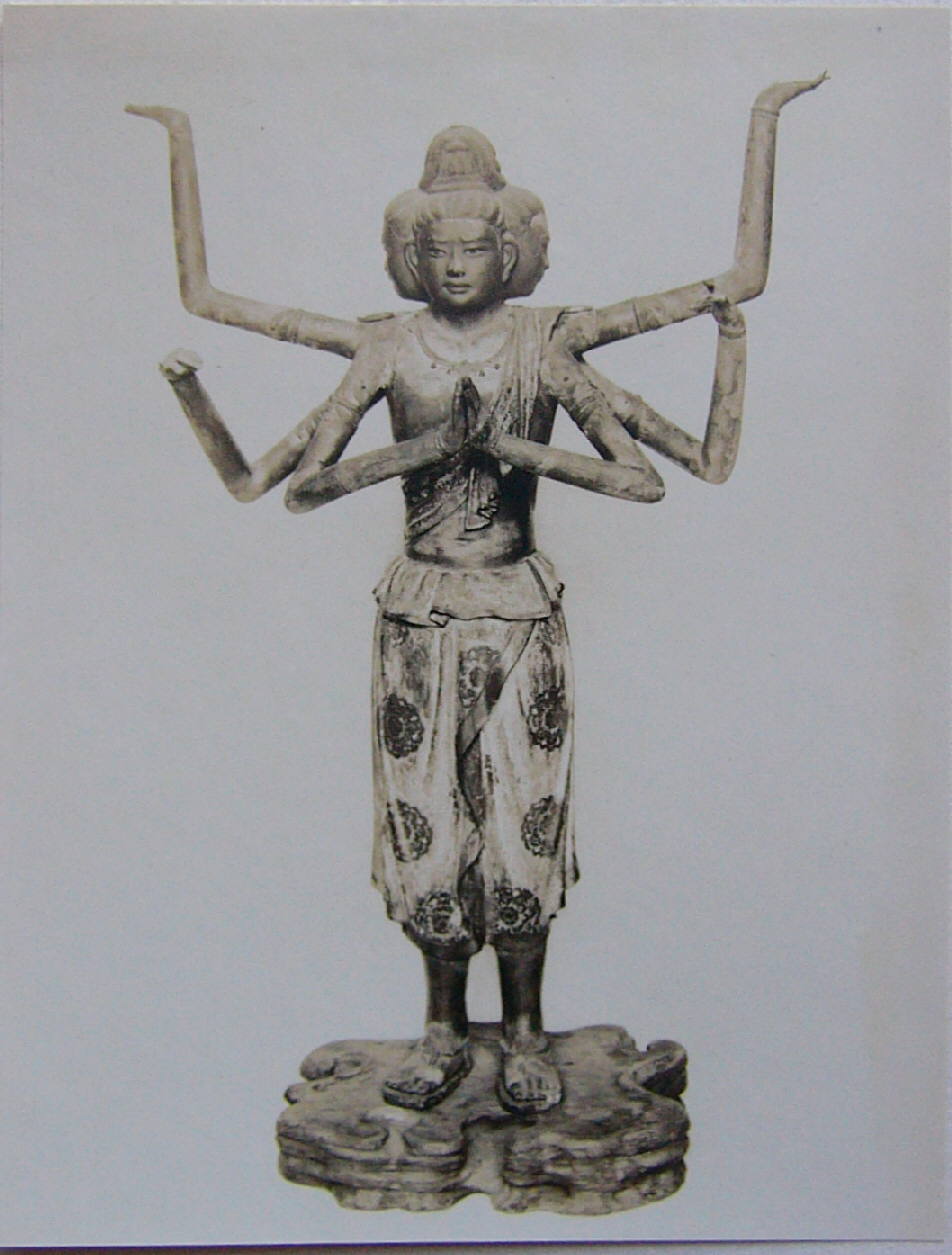Lately, I have been posting old nostalgia posts from visits made to Japan and its famous Buddhist temples, such as Kiyomizudera, Ryoanji and the two Pavilions. Today, I wanted to share one more famous temple that, in particular, is often overlooked by visitors, yet really worth a visit for its historical value and amazing cultural treasures. That is the temple of Kofukuji (homepage here), the head of the once-powerful Hosso or Yogacara sect.1
Anyone who’s dabbled in Japanese Buddhism has probably never heard of the Hosso/Yogacara, but in early-medieval Japan it was once the most powerful, if not the de facto state religion. The fortunes of the Hosso school were so great that they were closely allied with the powerful Fujiwara family, and fielded vast armies of sohei soldier-monks to combat their rivals, the upstart Tendai sect. Now, it is a very diminished school in Japan, mostly centered around Nara, Japan, and closely affiliated with Shingon Buddhism. For more on Hosso/Yogacara teachings, I highly recommend this book.
Anyhow, I have been to Nara, Japan twice: once in 2005 during my very first trip to Japan, and again in 2010 when my duaghter was still a little girl.

Because of warfare, accidents and other reasons, Kofukuji has been greatly reduced, and not all buildings have been restored. Currently there are three main “halls”. I believe this is the Eastern Golden Hall (tōkondō 東金堂):


Inside the Eastern Golden Hall, I recall that there was a beautiful altar with man deities lined up, with the Medicine Buddha as the central figure.
From there, we saw the five-storied pagoda (gojū no tō 五重塔):

Side note: what is called a pagoda in English, is really just an East Asian form of a Buddhist stupa. Stupas are special reliquaries from India, that gradually evolved into the pagodas you see in Japan today.

Another place we visited was the Southern Round Hall (nan’endō 南円堂):


Finally, we visited the museum in the central hall. The museum is huge and contains many relics from Kofukuji’s history, including the famous Asura statue:

Seeing the Asura statue in a picture is one thing, but seeing it in real life was simply amazing (though it was smaller than I expected 😋). Kofukuji has a long, rich history and the museum really shows it.
Nara is the early capital of Japan, and reflects a time when it was closely modeled after Chinese (specifically Tang-dynasty) culture and religion, with a blend of Indian influences as well. It’s a fascinating blend that is not found in later Japanese history. I highly recommend visiting Nara and Kofukuji in particular if you can.
1 The Japanese word hossō (法相) is a transliteration of the Chinese translation of the Sanskrit term yogācāra. Buddhist terminology has a long, fascinating history.
